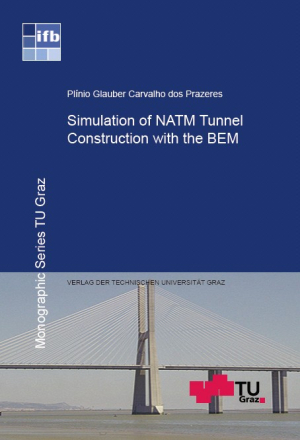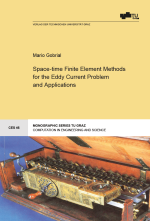In tunnelling analysis according to the New Austrian Tunnelling Method (NATM), the order of the excavation steps and of the installation of the ground supports play an important role especially if nonlinear material behaviour is considered. Furthermore, three-dimensional analysis has to be carried out if a realistic simulation is intended.
In this work a novel approach to the simulation of conventional tunnel construction is presented. The simulation is based on the Boundary Element method, which has the main advantage that only the excavation boundary has to be discretised and the innite domain is implicitly considered. The complete three dimensional eect of the sequential excavation process and the installation of the supports is taken into account. Special emphasis is placed on the simulation of support such as shotcrete and steel arches.
Test example show that the results are comparable in precision with finite element method with the advantage that less input data are required, mesh generation is easier achieved and a small system of equation is obtained. Finally a practical application of the developed approach for the Koralm tunnel under construction in Austria is presented.
Issue: paperback
ISBN: 978-3-85125-088-6
Scope: 167 pages
Language: Englisch
Release date: December 2010
Series: Monographic Series TU Graz / Structural Analysis
Out of stock!
In tunnelling analysis according to the New Austrian Tunnelling Method (NATM), the order of the excavation steps and of the installation of the ground supports play an important role especially if nonlinear material behaviour is considered. Furthermore, three-dimensional analysis has to be carried out if a realistic simulation is intended.
In this work a novel approach to the simulation of conventional tunnel construction is presented. The simulation is based on the Boundary Element method, which has the main advantage that only the excavation boundary has to be discretised and the innite domain is implicitly considered. The complete three dimensional eect of the sequential excavation process and the installation of the supports is taken into account. Special emphasis is placed on the simulation of support such as shotcrete and steel arches.
Test example show that the results are comparable in precision with finite element method with the advantage that less input data are required, mesh generation is easier achieved and a small system of equation is obtained. Finally a practical application of the developed approach for the Koralm tunnel under construction in Austria is presented.





